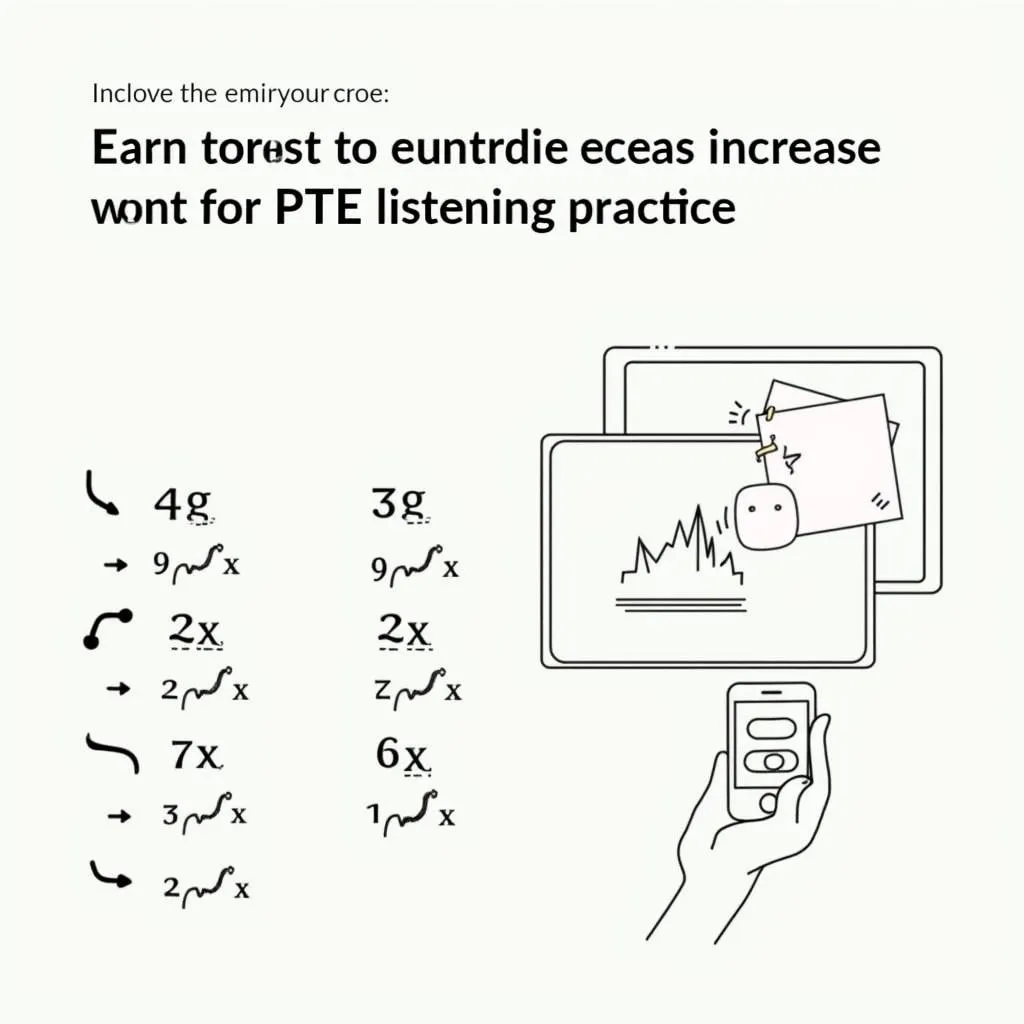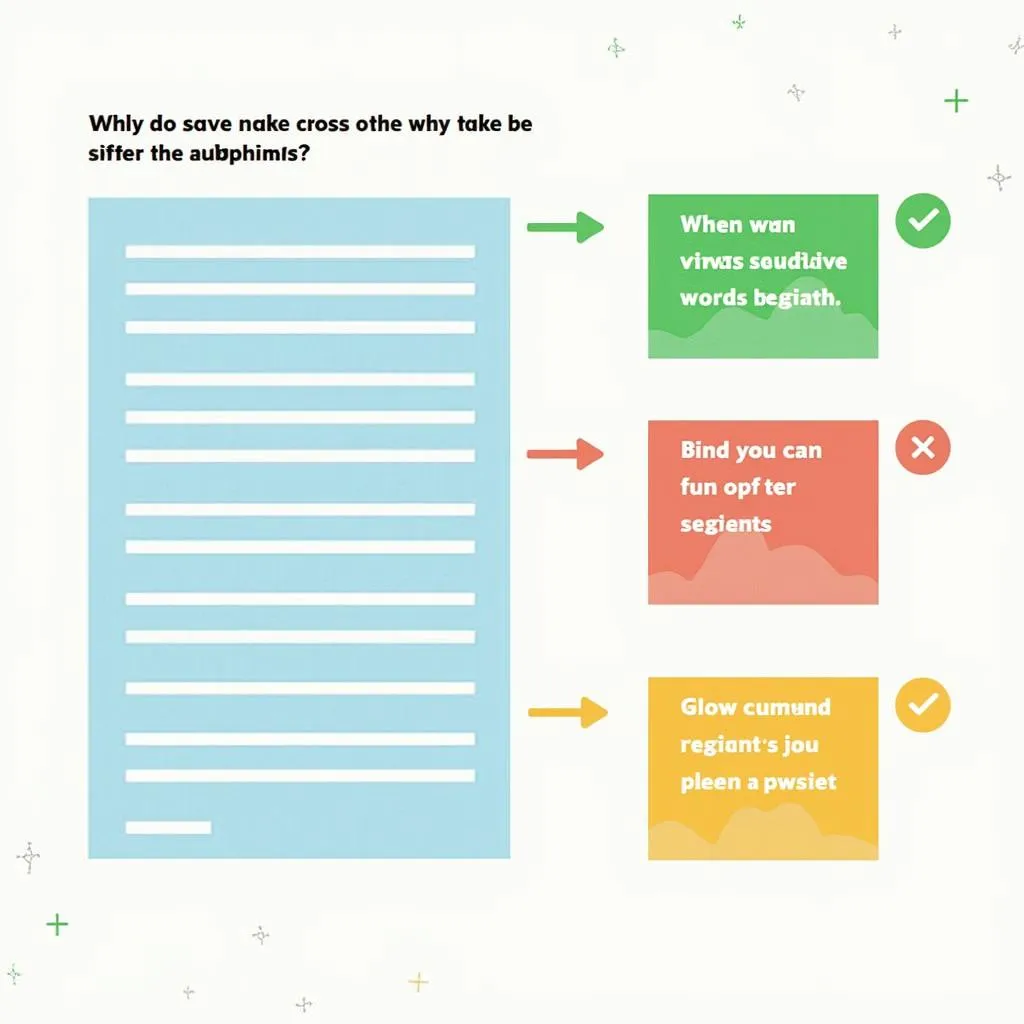Are you struggling to keep up with rapid speech in the PTE Academic test? You’re not alone. Many test-takers find it challenging to understand fast speakers, especially under exam pressure. In this comprehensive guide, we’ll explore effective strategies on How To Practice Listening To Fast Speakers For PTE success.
Understanding the Challenge of Fast Speech in PTE
The PTE Academic test often includes audio clips with speakers who talk at a rapid pace. This can be particularly daunting for non-native English speakers. However, with the right techniques and consistent practice, you can significantly improve your ability to comprehend fast speech.
How to improve listening speed for PTE is a crucial skill that requires dedication and the right approach. Let’s dive into some practical strategies to help you master this essential aspect of the PTE test.
Effective Techniques for Practicing Fast-Paced Listening
1. Gradual Speed Increase
Start with audio at a normal pace and gradually increase the speed:
- Begin with familiar content at normal speed
- Use audio players or apps that allow speed adjustment
- Incrementally increase the playback speed by 0.1x or 0.2x
- Practice until you’re comfortable at each speed level before moving up
This method helps your brain adapt to faster speech patterns without feeling overwhelmed.
 Gradual speed increase for PTE listening practice
Gradual speed increase for PTE listening practice
2. Focused Listening Sessions
Dedicate specific time to practice listening without distractions:
- Find a quiet space
- Use headphones for better audio quality
- Set aside 20-30 minutes for uninterrupted practice
- Focus on understanding the main ideas rather than every word
Dr. Emma Thompson, a renowned PTE expert, advises: “Consistent, focused practice is key to improving your ability to understand fast speakers. Even 15 minutes a day can make a significant difference over time.”
3. Utilize Authentic Materials
Expose yourself to a variety of fast-paced English content:
- News broadcasts (BBC, CNN)
- TED Talks
- Podcasts on various topics
- English language radio shows
These resources provide real-world examples of rapid speech in different accents and contexts, closely mimicking the PTE test environment.
4. Transcription Exercises
Transcribing fast speech can significantly enhance your listening skills:
- Choose a short audio clip (1-2 minutes) with rapid speech
- Listen and attempt to transcribe every word
- Compare your transcription with the original script
- Identify missed words or phrases and focus on those areas
This exercise sharpens your ability to catch individual words in fast speech and improves overall comprehension.
 Transcription exercise for PTE listening practice
Transcription exercise for PTE listening practice
5. Shadow Speaking
Shadow speaking is an effective technique to improve both listening and speaking skills:
- Listen to a fast-paced audio clip
- Repeat what you hear immediately, mimicking the speaker’s pace and intonation
- Start with short phrases and gradually increase to longer segments
This method helps you internalize the rhythm and flow of fast English speech.
Advanced Strategies for Fast-Speech Comprehension
1. Focus on Stressed Words
In rapid speech, not all words are equally emphasized. Train your ear to pick up on stressed words, which often carry the main meaning:
- Listen for louder or longer words in sentences
- Pay attention to rising and falling intonation
- Practice identifying the most important words in fast speech
Understanding stressed words can help you grasp the overall message even if you miss some details.
2. Predict and Anticipate
Develop the skill of anticipating what speakers might say next:
- Before listening, brainstorm vocabulary related to the topic
- As you listen, try to predict upcoming words or ideas
- Compare your predictions with the actual content
This active listening approach keeps your mind engaged and improves comprehension speed.
3. Use Visual Cues (When Available)
In some PTE listening tasks, visual aids may be provided. Learn to quickly scan and utilize these cues:
- Glance at images or graphs before the audio begins
- Use visual information to contextualize what you’re hearing
- Practice connecting auditory information with visual elements
How to practice active listening for PTE success includes leveraging all available information, including visual cues, to enhance comprehension.
4. Break Down Complex Content
When faced with particularly challenging fast speech:
- Listen for general topics or themes first
- On subsequent listens, focus on specific details
- Break down complex sentences into smaller, manageable chunks
- Practice identifying transition words that signal shifts in ideas
This structured approach helps you tackle even the most rapid and complex audio content.
 Breaking down complex content for PTE listening
Breaking down complex content for PTE listening
Common Pitfalls to Avoid
When practicing listening to fast speakers for PTE, be aware of these common mistakes:
- Trying to understand every single word (focus on overall meaning instead)
- Neglecting to practice with various accents and speech patterns
- Becoming discouraged by initial difficulties (improvement takes time)
- Practicing only with PTE-specific materials (diversify your listening sources)
Integrating Fast-Speech Practice into Your PTE Preparation
To effectively incorporate fast-speech listening practice into your overall PTE study plan:
- Allocate specific time for rapid speech exercises in your daily routine
- Combine listening practice with other PTE skills like note-taking and summarizing
- Regularly assess your progress and adjust your practice methods accordingly
- Use PTE mock tests to gauge your improvement in real test conditions
Remember, how to prepare for PTE in a short time involves efficient, focused practice across all test areas, including fast-speech listening.
Conclusion
Mastering the ability to understand fast speakers is crucial for PTE success. By implementing these strategies and maintaining consistent practice, you can significantly enhance your listening skills. Remember, improvement is a gradual process, so be patient and persistent in your efforts.
As you continue to refine your fast-speech comprehension, you’ll not only boost your PTE performance but also improve your overall English language proficiency. Stay motivated, track your progress, and celebrate your improvements along the way.
FAQ
How long should I practice listening to fast speakers each day for PTE?
Aim for at least 20-30 minutes of focused practice daily. Consistency is more important than long sessions.
Can watching English movies help with understanding fast speakers in PTE?
Yes, especially if you watch without subtitles or with English subtitles. Choose movies with rapid dialogue for added challenge.
Are there specific accents I should focus on for PTE listening practice?
PTE includes various English accents. Practice with British, American, Australian, and other common accents to prepare comprehensively.
How can I measure my improvement in understanding fast speakers?
Regular self-assessment using PTE practice tests or timing how much you comprehend in fast-paced audio clips can help track progress.
Is it helpful to slow down audio for practice and then gradually speed it up?
Yes, this can be an effective method to build confidence and gradually adapt to faster speech rates.
What should I do if I feel overwhelmed during fast-speech listening practice?
Take breaks, return to slightly slower speech, and focus on small improvements. Remember, progress takes time and patience.